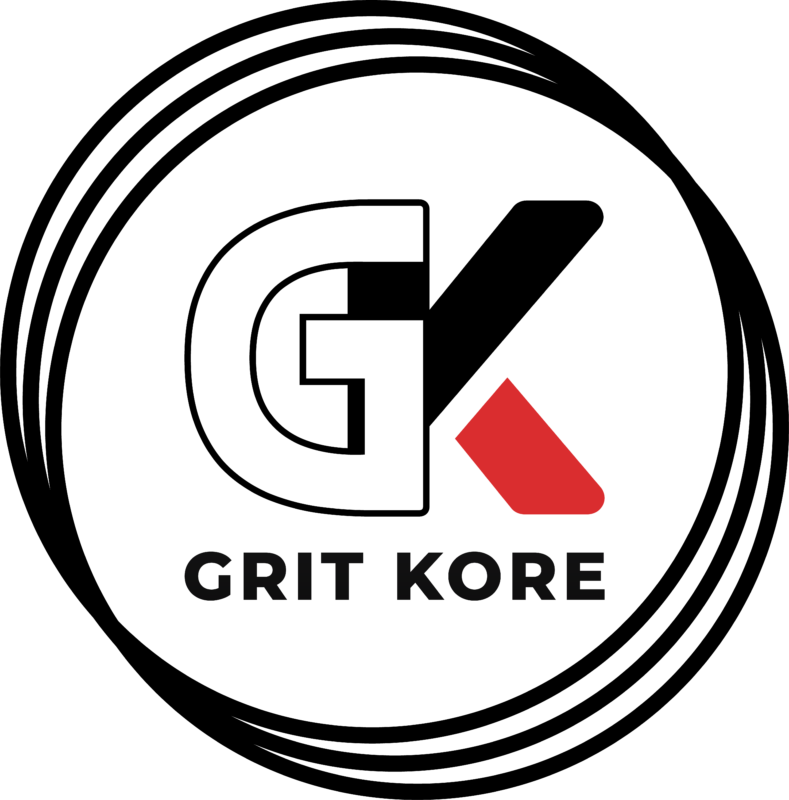If you’ve been around a rink long enough, you’ve probably heard someone called “a hockey guy.” Now, what does that even mean? Besides the lopsided walking stride and a vocabulary so mangled it sounds like a dialect?
Last Saturday at 7 a.m., because apparently that’s when my best ideas strike, I texted a handful of buddies who are retired pros. Between them, they’ve logged about 65 seasons in the Show and/or the A (and seasoned veterans in Hockey Night in Darien!) and if I had to guess, have each practiced taking at least 550k shots in their driveway.
“What does hockey culture mean to you?”
Coffee hadn’t even kicked in yet, but every single answer had the same three pillars:
- Team over individual.
- Enjoyment of the grind.
- Brotherhood/sisterhood.
One answer in particular stopped me cold. My friend Danny New nailed it:
“Hockey culture is the Code. It’s a hyper-alpha group of guys who think about the game 24/7, loving it, persevering through the grind, fighting for each other while staying humble. A brotherhood/sisterhood unique to the locker room. The Code polices itself. There’s a right way and a wrong way, and you know it.
Youth and high school culture can get polluted with the arms race of tryouts, politics, and toxic parent noise. But the real hockey culture? That bond kicks in when you’re on your own, prep, junior, college. Parents out of the picture. You learn to embrace your role, ride the grind, fight for each other. That’s the culture the best men’s league guys carry in our skate, they’re beauties because they went through it.”
Couldn’t have said it better myself.
The Wave of the Code
Here’s how I think about it: culture isn’t just rules. It’s alive. It’s energy. It’s a wave.
Why do I say it’s alive? Because you can feel it. A pro locker room that has “it,” the air is different. There is a hum, it’s the current of culture flowing through the group. When a team truly gets the Code, each player plugs into that current. They don’t even need to think about it, it just happens.
A defenseman lays out to block a shot, and the bench erupts. A winger takes a big hit to spring a breakout, and the whole building feeds off it. The teammates feel it, the fans feel it, the energy multiplies. That effort ripples through all the guys on the bench and 30,000+ fans in the arena. Energy compounds. Culture is alive.
Now, let’s imagine what the Code looks like. Recall from physics the Sin wave: The Code is simple, consistent and predictable.

As players matriculate through seasons, they learn more and more about the order of the Code. Each small lesson imparted by a coach tethers the player’s frequency closer and closer to the Code. Looking at this more broadly, let’s imagine what a team of frequencies looks like around the Code:

Notice each player has some deviation around the Code but they are generally synchronized, coalescing around the wave. The more they work at accepting the Code, the closer they tether until there is perfect harmony or, each player’s energy is perfectly matched with the Code..
But the opposite is just as obvious. One player decides to go rogue, skip backchecks, float for breakaways, pout on the bench, and the tether snaps. Their wave goes off course, and everybody feels it. The energy stutters. The music skips. Suddenly the room feels heavy.

The Code matters at every level. It’s not reserved for the pros on TV. It’s available to every single kid who laces up skates.
The Code in Youth Hockey
So, can the Code exist in youth hockey? Absolutely. But it has an additional layer, it only works if we, as parents and coaches, hold the Code in the same reverence as the guys who get paid to play this game.
If we’re honest about why we want our kids to play hockey, and about where our kids truly are, not where we wish they were, the Code thrives. Honest enough to celebrate the effort of every team member, not just the results. Honest enough to see failure as an opportunity for growth, not as defeat.
The Code isn’t owned by the NHL or college programs. It existed long before youth hockey became a business. With every child who discovers their passion on the ice, the players themselves, those who’ve been through the grind—hold it sacred and pass it along to the next generation.
As parents, we’ve got to ask ourselves: why did we introduce our kids to the game in the first place? For me, it’s not about a scholarship, a draft, friends or a trophy. It’s because of the Code.
Bigger Than Hockey
I’ll leave you with this: hockey culture isn’t just about the game, it’s about the wave. When players move together, selfless and in sync, it becomes more than hockey. It becomes a way of living.
A “me first” mentality creates chaos, not just on the ice, but in families, schools, and communities too. And we chase the synchronized wave, selfless, future-focused, and committed to lifting the next generation (our kids), that’s when the true beauty of this game shines through. And as parents, isn’t that exactly what we want?
This game, our game, gives kids the chance to practice being part of something bigger than themselves. To learn that their effort, attitude, and sacrifice matter. And to carry those lessons far beyond the rink, into the way they live their lives.
Find. A. Way.
Greg

Pingback: Alex Kovalev and the Spark of Hockey Creativity - Grit Kore
Pingback: Where Passion Comes From—and Why It Matters on the Ice
Pingback: The Grit Kore Project: A Community for Youth Athlete Development, Resilience and Confidence